According to Confucius: “The man who moves a mountain begins by carrying away small stones.”
Chinese entrepreneur Ma Dadong, 44, didn’t want to move a mountain, but his mission to relocate ancient village homes and a camphor forest 435 miles (700 kilometers), from his native Jiangxi province to the outskirts of Shanghai, would require a similar level of perseverance.
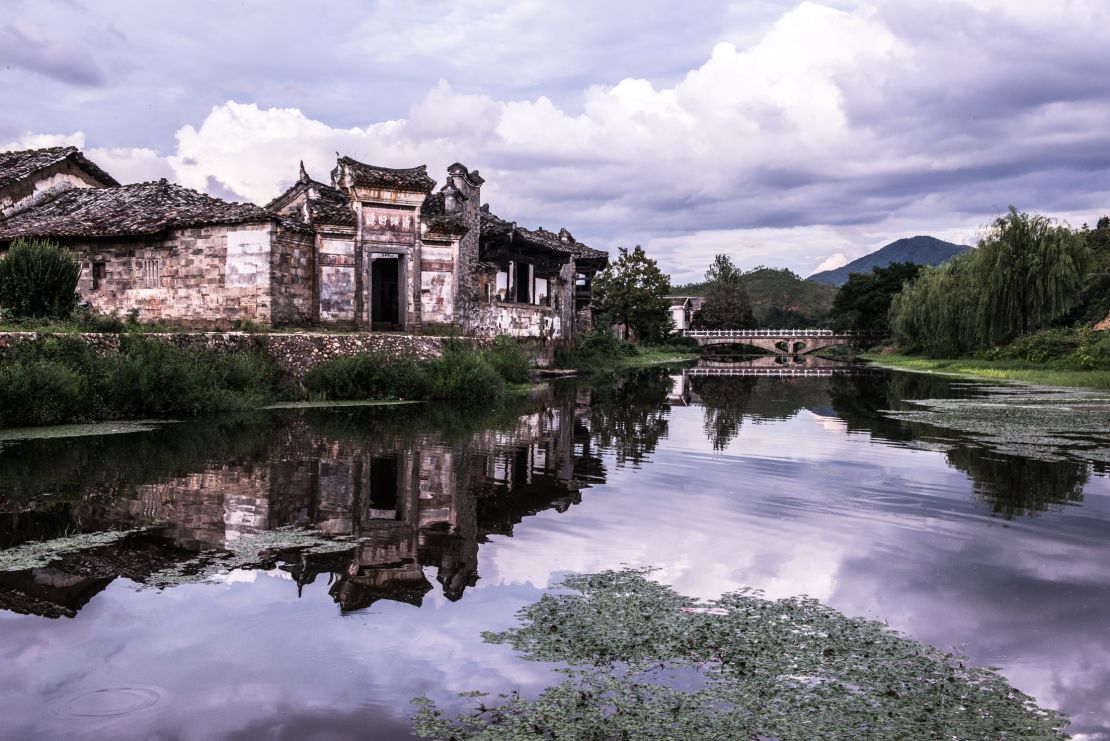
Over a 15-year period, in what must be one of the most extraordinary examples of philanthropic conservation in modern China, Ma orchestrated the painstaking transportation of 50 Ming and Qing dynasty properties and 10,000 trees, some of which were believed to be over 1,000 years old.
On January 8, the relocated site will open as a luxury hotel, Amanyangyun, the last two words in that portmanteau meaning “nourishing cloud.”
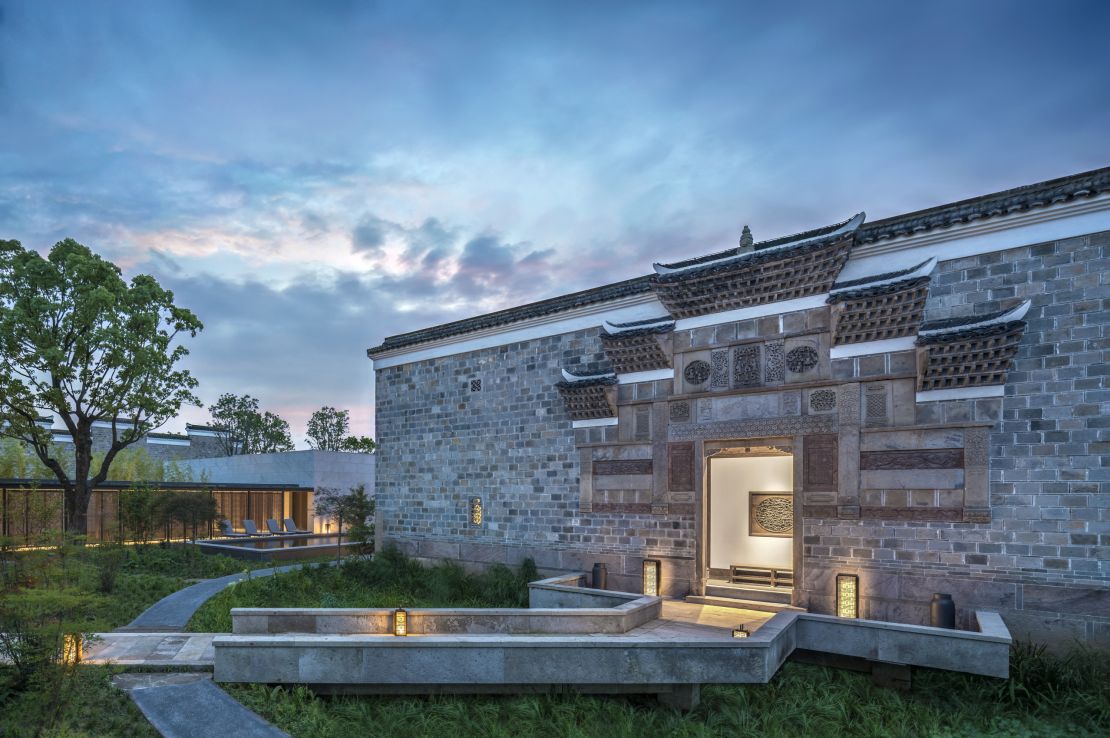
Success story
Ma left his home city of Fuzhou, aged 22, to earn what would become a fortune in advertising. He subsequently diversified and today is chairman of the Shanghai Gu Shan, an investment management company, and Shanghai Gu Yin Real Estate. While Ma hasn’t featured on any Forbes rich lists and his companies are privately held, he is rumored to be a billionaire.
In 2002, aged 29, the entrepreneur made a trip home to visit his parents. During that visit, Ma learned of the government’s plans for the Liao Fang reservoir – a project that would submerge ancient villages and millenarium camphor trees in Jiangxi underwater.
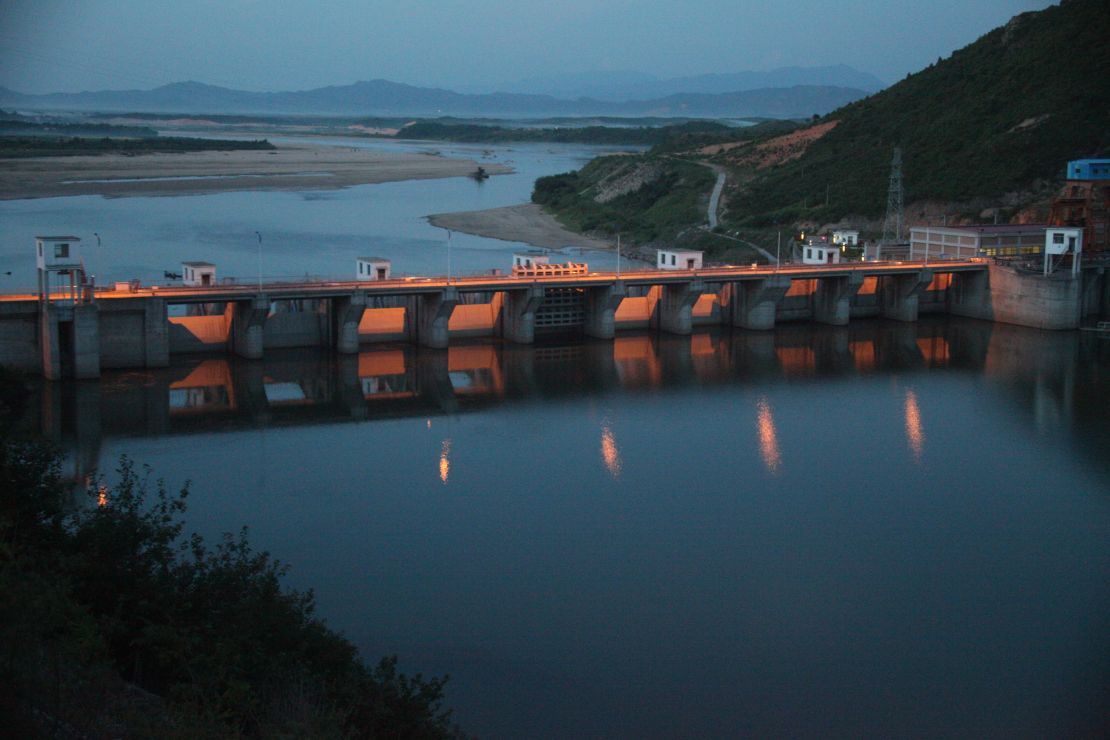
“My instincts told me what to do: to rescue everything from the area destined for the reservoir,” Ma tells CNN. “At that time, I knew it was the right thing to do, but I didn’t have a clear goal of what I would eventually do with these houses and trees.”
Having recently sold his advertising company, Ma says he had the financial resources to throw at the rescue mission, although he won’t confirm the cost of the project beyond saying it totaled millions of dollars.

Learning curve
The project turned out to be a huge learning curve, with unexpected issues constantly arising. “The whole process was just like digging a well – you don’t know exactly how many meters deep the water is, but you are certain you will reach it if you just keep digging,” says Ma.
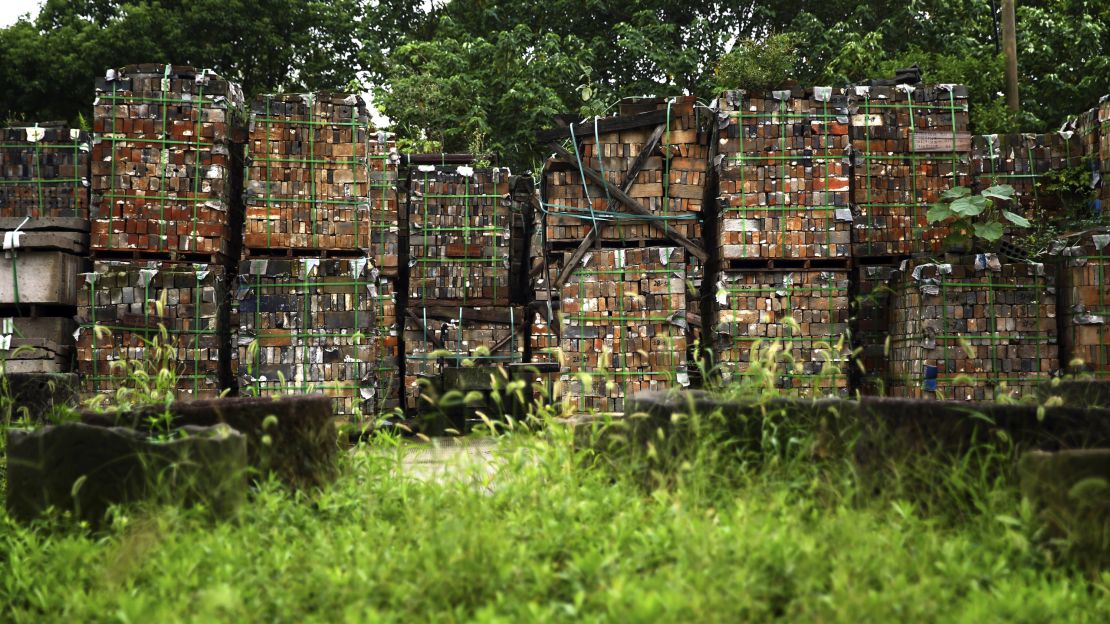
Each residence was comprised of about 100,000 stones, and had to be carefully dissembled. Ma cast a wide net to hire a team of more than 200 people to perform that task, seeking out rare craftsman who understood the traditional techniques used to build ancient properties, which are unfamiliar to modern Chinese construction workers.
Arborists were enlisted to move the trees, and new roads and bridges had to be built to allow large trucks to maneuver the massive camphors from the remote location. Some were 20 meters tall, and the largest weighed 80 tons.
“The village was in a mountainous region with small, winding roads and no way for big trucks to pass through,” says Ma. “The task was not without danger. When it rained, floods overturned trucks and shattered the temporary bridges constructed to access remote villages.”

Ma decided to store the dissembled homes in a former air conditioning unit factory he owned on the outskirts of Shanghai, and identified a nearby 200,000 square meter parcel of public land to eventually house the trees, despite the vast distance the objects would have to travel to get there.
“The team raced against time to Shanghai in order for each tree to have the best of chance of survival,” said Ma. The project saw dozens of trucks make numerous trips over a 12-month period.
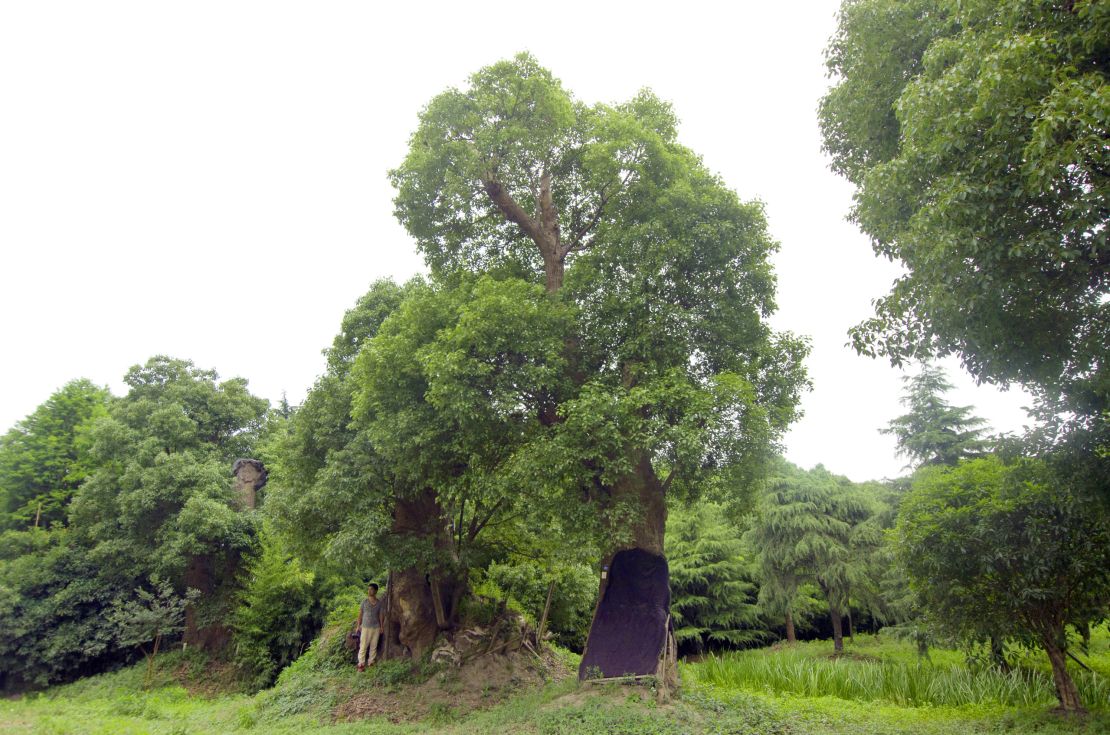
After being uprooted, the trees’ root system – which can stretch as wide as their branches span – have to be constantly watered as well as protected from overexposure to sunshine.
Due to the work of the expert arborists, 80% of the trees survived the journey, and just over 1,000 of them are now featured in the Aman resort. The others, planted on public land, will form a park that Ma says will eventually be open to the public.
Finding a future for the past
By 2005, everything had been relocated to Shanghai’s outer Minhang district, about 30km from the city center, still with no plan for their future.
“When all the trees arrived in Shanghai, we met many people who wanted to buy them. I could not sell even one of them because I wanted all the trees to be together,” Ma says. “I grew up in the sweet company of those trees and houses; I had a poignant and emotional tie to them.”
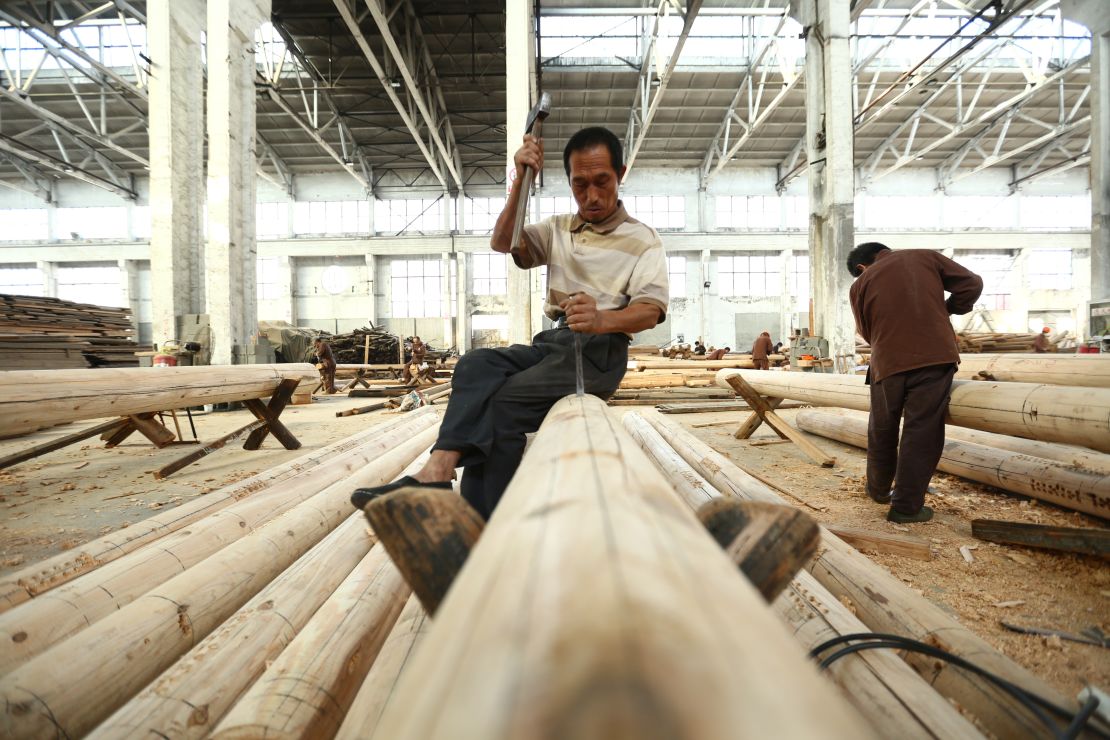
That year Ma created what he calls the “Concept House” – an experiment which used some of the relocated ancient materials to create a new home incorporating modern plumbing and windows to let in more natural light.
The rest of the materials were logged in the warehoused and left to wait.
Perfect partner
In 2011, Aman inked a deal with Ma to transform the dissembled ancient Jiangxi village homes, which were between 300 and 500 years old, and some of the trees, into a hotel property and public park. The international hotel group had learned of the Chinese entrepreneur’s trove after Ma had a chance meeting with Aman’s Indonesian founder and former chairman Adrian Zecha.

Neither party will confirm details of the deal.
The resort features 24 new one-bedroom courtyard suites and 13 “antique villas,” which have four bedrooms and incorporate the rebuilt ancient Jiangxi village homes. Once visitors cross the threshold of the ancient stone exteriors, however, there is little resemblance to the village homes of centuries past inside – although there are still courtyards within each property.
The root of the problem
The project, however, hasn’t been without controversy.
Aman said in its initial press literature that its new resort featured 10,000 relocated camphor trees. In reality, only about 1,150 on the property. The Shanghai Administration for Industry and Commerce (SAIC) confirmed to CNN that it is investigating whether Aman was misleading about the number of trees, and their age (not all of the camphors are ancient) to make a financial gain.
Furthermore, ancient trees – classified as those over 80 years old – are governed by heritage protection laws severely restricting what can be done with them. The laws are designed to protect old-growth forests from being felled, or trees being damaged as they are transplanted from one place to another. It is unclear how Ma’s project complied with this legislation.
Neither Ma nor Aman were prepared to comment on any potential investigation.
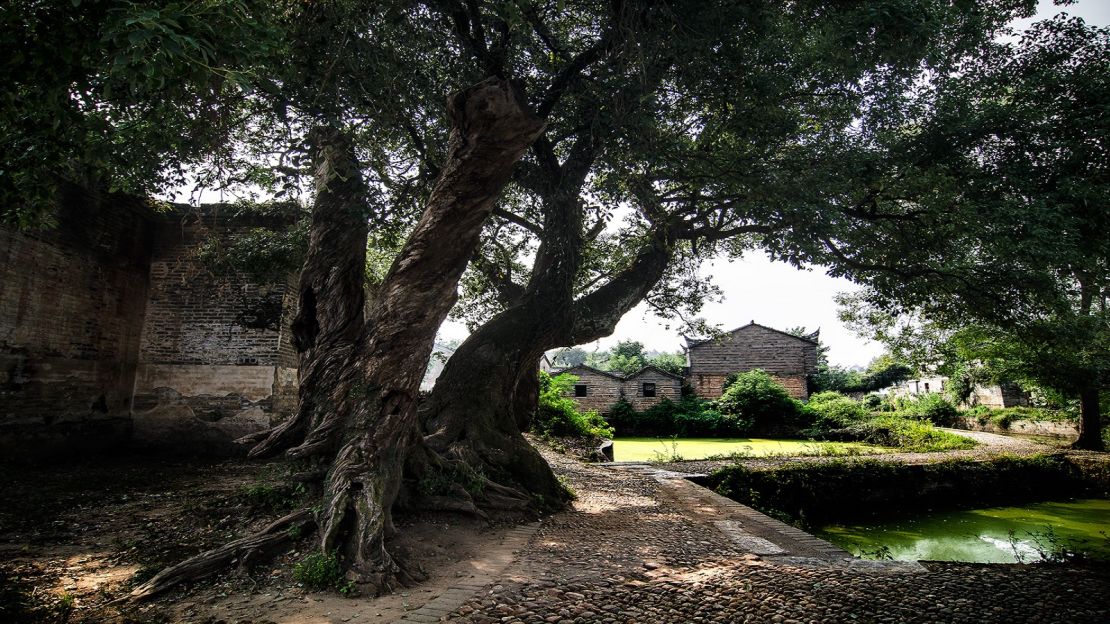
China doesn’t have a stellar track record when it comes to preservation in the face of economic development. In 2002, at around the same time Ma learned of the Liao Fang reservoir, many hundreds of villages and a total of 1.4 million people were in the process of being resettled to make way for the Three Gorges Dam, the world’s largest hydro-electric project. Of the 632 square kilometers flooded for that project, the majority was covered by forest. The result was deforestation and interruption in traditional biospheres that is still being examined.
Today, the area where the Fuzhou villages and trees once stood is flooded.
Ma says he is simply pleased he has rescued a slice of history from being lost to the water.













